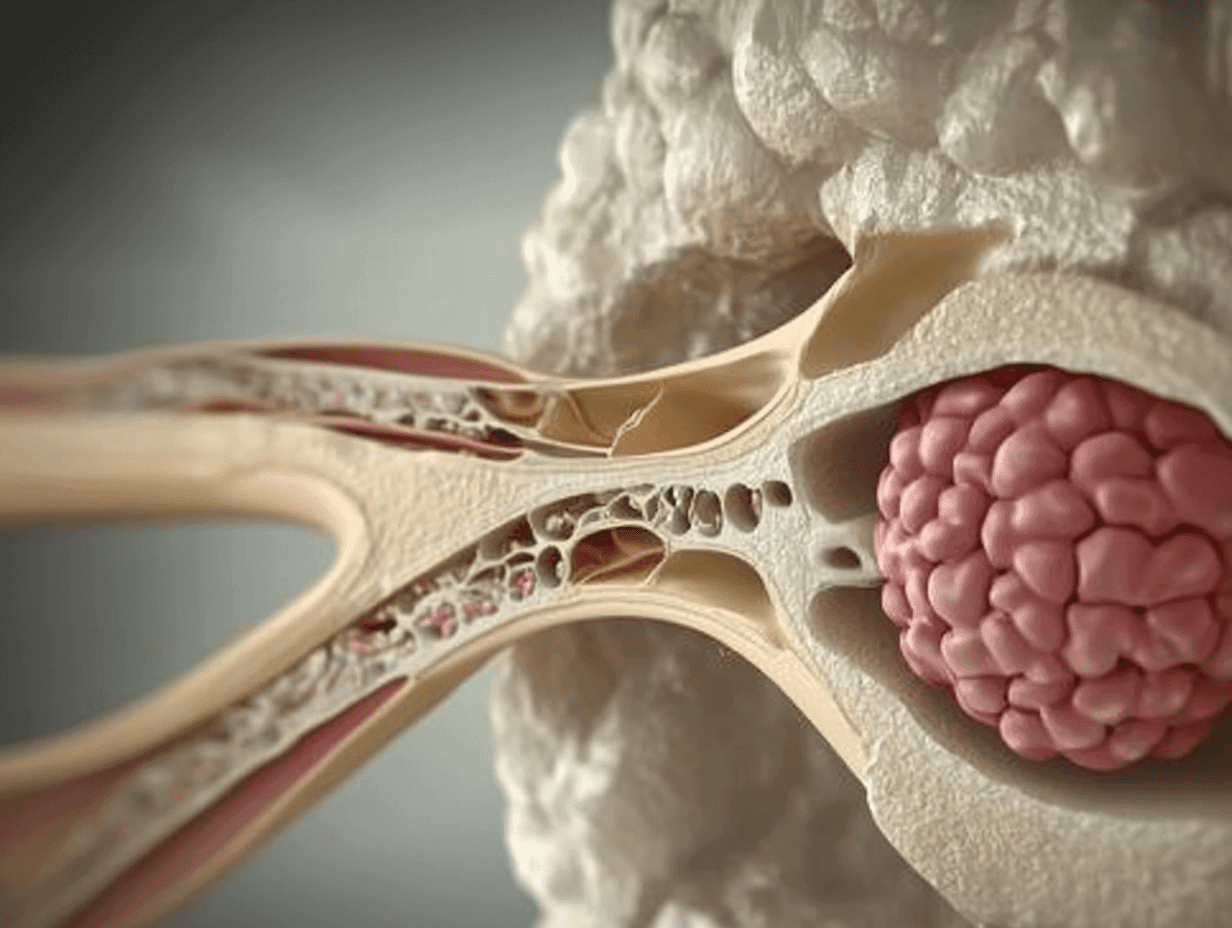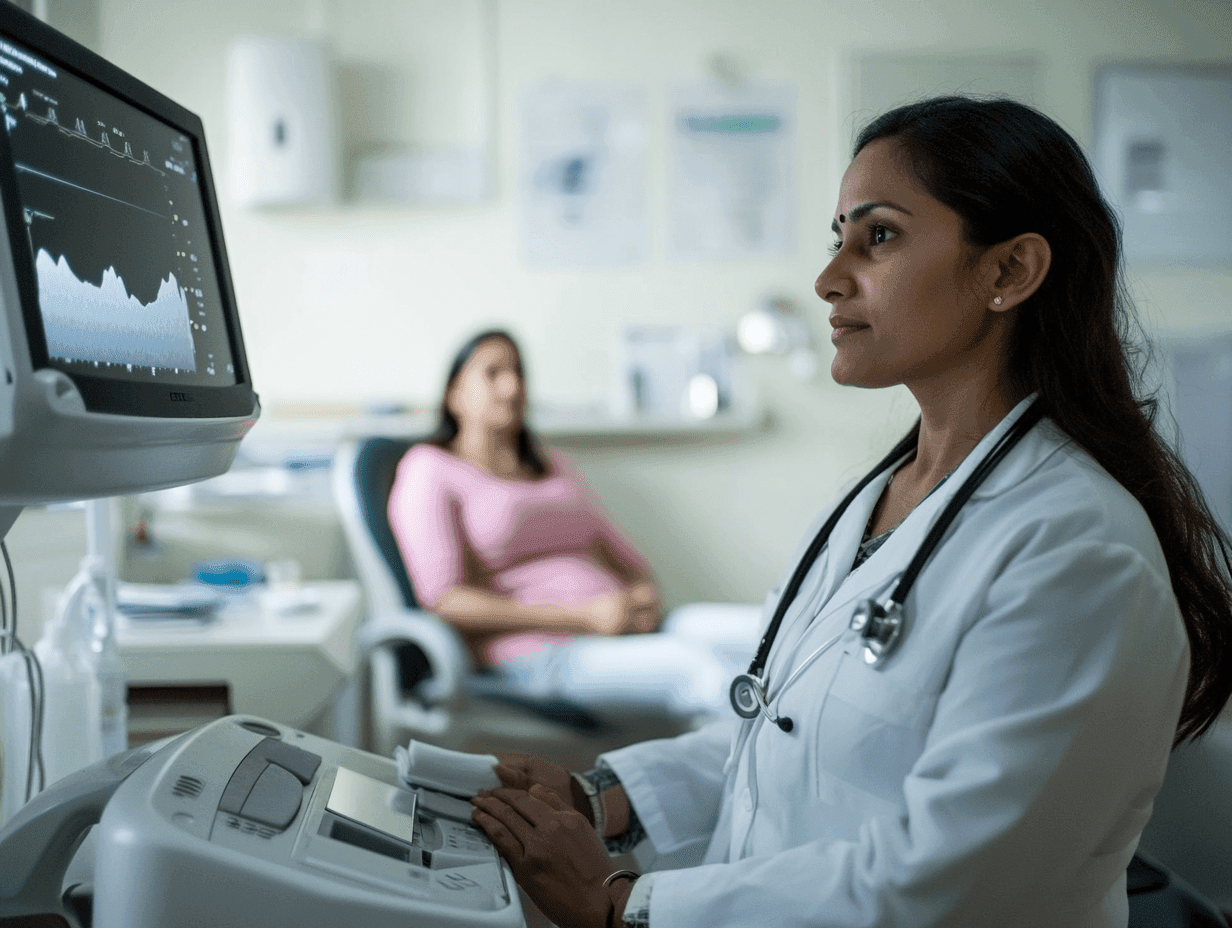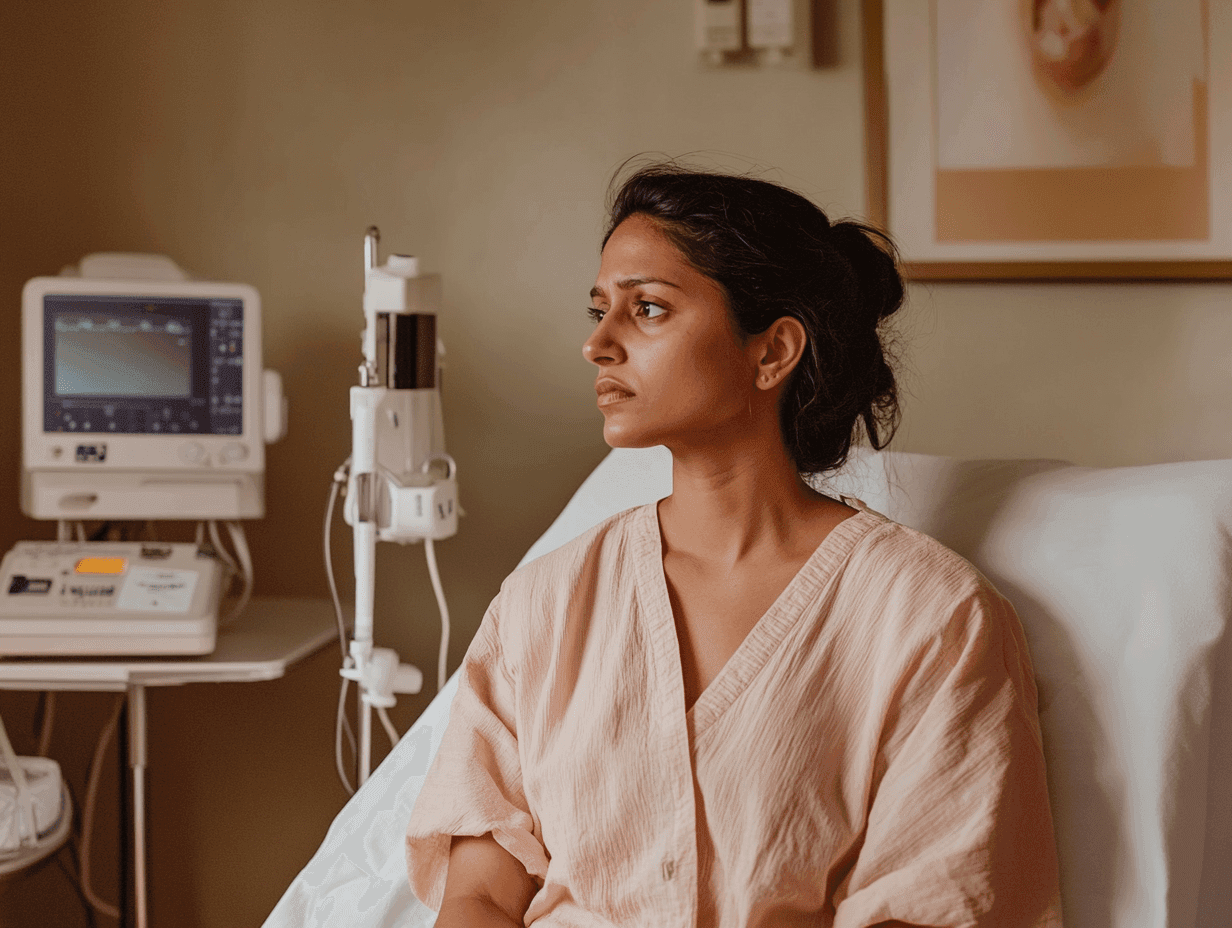Hysterolaparoscopy: Procedure, Benefits, Recovery And Risk

Hysterolaparoscopy is a gynaecological surgery. It corrects the most complex reproductive health conditions with great accuracy. This surgery uses hysteroscopy and laparoscopy to treat infertility and other gynaecological issues. For reproductive health doctors, it is a major milestone in diagnostics. It aids them in identifying the reasons behind undiagnosed gynaecological problems.
This method is quite important for diagnosing uterine fibroids and endometriosis. It also finds structural problems and assists in targeting treatments for effective results. A surgeon carries out this gynaecological procedure with a small incision. It facilitates rapid recovery and better care.
The Hysterolaparoscopy procedure
Hysteroscopy is safer than open surgery. Surgery entails a short period of pain, heals within a shorter period, and the scar is also negligible.
Preparation:
Candidates for hysterolaparoscopy must follow certain measures before the operation. These pre-operations are usually laboratory tests and imaging tests. They check the health and may show a woman has gynaecological illnesses. The procedure may need a patient to avoid eating for 6–8 hours beforehand. The doctors give the patients anaesthesia to prevent pain during the procedure.
Step-by-Step Process:
In most cases, doctors subdivide the hysterolaparoscopy procedure into several smaller stages:
Hysteroscopy Stage

A gynaecologist can view the uterus using a small camera. A thin tube called a hysteroscope attaches it. In this stage, a doctor examines the endometrium. They seek polyps, fibroids or intrauterine adhesions. It identifies illnesses that may affect women's fertility or menstrual cycles.
Laparoscopic Stage

In the second step, the surgeon makes a small incision in the abdomen to insert instruments. The DFSM(Dietetics and Food Service Management) conducts a detailed exam of the ovaries, fallopian tubes, and outer uterus. The surgeon can then look for blockages, cysts or other problems like adhesions or scar tissue.
Duration and Patient Experience
In most cases, the surgeons will take half an hour to 90 minutes to complete a hysterolaparoscopy. This is contingent on the extent of the results obtained from the investigation. Good options for anaesthesia make the treatment in gynaecology very comfortable. After hysteroscopy, the usual symptoms are slight bloating. Rarely, there may be tiny vaginal bleeding, which usually clears up in a few days.
Gynoveda is a total concept in women’s care. The product utilises Ayurvedic remedies that act as hormonal stabilisers and contemporary technology. Incorporating age-old practices with today’s techniques improves reproductive health.
Benefits of Hysterolaparoscopy
Hysterolaparoscopy is a new technique for diagnosing and treating in a parallel manner. Some women prefer it over other contraceptives. It has features for female reproductive issues.
Diagnostic and Treatment Advantages:
The major strength of hysterolaparoscopy lies in its one-session solution to gynaecological problems. Surgeons complete the diagnostic evaluation while also providing the treatment. They can also check for uterine polyps or adhesions that may cause the problem. In this case, doctors treat different uterine conditions on time, so patients should save time. That way, it cuts down on emotional and physical stress as well. It helps to prevent large tumours in the infant's tissue outside the uterus.
Minimally Invasive:
Now, there is a less invasive procedure to insert the tubes in the fallopian tubes. It only requires the maker to put a few holes in the affected area. As a result, women have shorter hospital stays after surgery, need less pain medication, and have better rehab. It is simpler and safer for women, so it is very popular among married women.
Fertility Benefits:
Hysterolaparoscopy can be life-changing for women trying to cope with infertility. It addresses the real problem of not being able to conceive. It may be due to endometriosis, blocked tubes, or uterine issues. These can prevent conception.
Hysteroscopy has lower complication rates. So, it is a better procedure for helping couples to be fertile again. Hysterolaparoscopy is very valuable in modern gynaecology. It combines diagnosis and treatment with minimal invasiveness. It can also improve fertility.
Recovery after hysterolaparoscopy
The right recovery practices speed healing and a quick return to normal activities.

Immediate Recovery:
After surgery, one may feel discomfort, bloating, or shoulder pain from gas. Normal bleeding can happen after the procedure. Nurses and doctors check vital signs during and after the procedure to ensure safety. They did so without any issues. The first discomfort is often treated with pain relief medication.
At-Home Recovery Tips:
You should get proper rest in the first few days. You can manage minor cramps and soreness with painkillers. Use over-the-counter or prescribed ones. For two weeks after surgery, avoid demanding physical activities. For recovery, follow your doctor's advice. Increase light, hydrating activities.
Recovery Timeline and Follow-Up:
Recovery usually takes 1-2 weeks to restore completely. Now, look out for unusual symptoms. These include continued bleeding, fever, or painful swelling. Short-term effects of laparoscopy include fatigue and mild bruising. These improve with proper care. Continue to attend all follow-up appointments so that your healing continues as normal. Visits are very important to address concerns and prevent long-term complications.
Risks and Complications
Hysterolaparoscopy is a non-invasive gynaecological procedure. It acts as a therapy as well as a screening. There are almost no risks or consequences associated with the operation.
Minor Risks:
Side effects for the patient may entail little bleeding or sloughing after hysteroscopy. Allergic reactions are common. Most women will feel some sickness after a laparoscopy. This may include mild pelvic and abdominal pain. You can manage most of them with rest, OTC medicines, or a doctor's prescription.
Serious But Rare Risk:
Perforation in Hysteroscopy is a rare complication. It means an accidental penetration into the uterus. Most of the time, the wound heals on its own. But some need surgery. Anaesthetic risks: This can happen in less-than-perfect cases, like allergies or breathing problems. A specialist doctor should give these express treatment. Laparoscopic surgery can also harm the bladder, intestines, and blood vessels. Injuries occur in certain conditions. The surgeons address them during surgery. Pelvic infection or abscess: It may become infected after the procedure. It can form an abscess. The doctors use antibiotics to treat diseases that may be causing the symptoms. If it is severe, they have to drain it.
Conclusion
Thus, one could say that hysterolaparoscopy is a slightly invasive procedure. This speciality can make working diagnoses and treat many gynecological disorders. It integrates hysteroscopy and laparoscopy to treat uterine problems in infertile patients. Among these are fibroids, endometriosis, and ovarian cysts. Its main advantages are better diagnosis, a quicker recovery, and less scarring. It also helps result in a sooner return to daily activities. Surgeons prefer these to conventional open procedures.
Infertility can impact lives. Early diagnosis is key. It leads to proper treatment management and promotion of enhanced reproductive health. Of course, it is possible to get professional guidance so that you make the right choices. That is a big step forward for health and well-being.
Gynoveda guarantees a correct diagnosis and therapy for uterine or reproductive organ issues. They use the least intrusive methods. Thus, customers prioritise Gynoveda's tech and its approach to women's health.
References-
You May Like
Frequent Asked Questions
It combines hysteroscopy (uterine exam) and laparoscopy (pelvic exam) to diagnose and treat issues like blockages, endometriosis, or fibroids in one procedure, improving pregnancy chances.
No, it's done under general anesthesia. Post-op, you may feel mild bloating or shoulder pain (from gas) for 1-2 days, managed with painkillers.
Most resume light activities in 2-3 days and normal routines within a week. Avoid heavy exercise/sex for 2 weeks.

Success Stories with Gynoveda across India
Talk to Gynoveda Today







